Rivington Country Park
OS grid reference :- SD643138
Rivington Country Park has woodland paths and moor side walks, which afford spectacular hilltop views of the surrounding countryside.
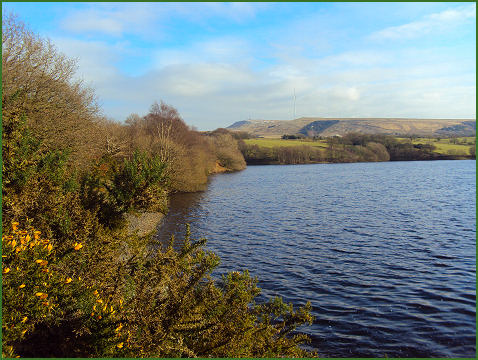
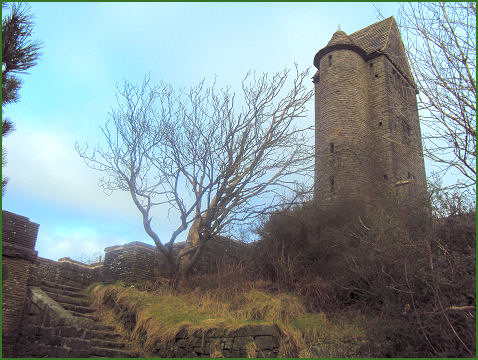
The Rivington Hall estate, adjacent to the shores of Lower Rivington Reservoir, was purchased by William Lever, Lord Leverhulme, (founder of what is now Unilever) at the turn of the twentieth century who used his wealth to renovate the old barns and create a large public park, considered to be 'one of the largest and most impressive examples of landscape design in Edwardian England'. A folly, known as Rivington Castle stands on Coblowe Hillock on the banks of the Lower Rivington Reservoir, it is a replica of Liverpool Castle, and to the south west is the Headless Cross at Grimeford Village. Remains of buildings covered by water when the reservoir was filled can be seen when water levels are low.
The Terraced Gardens and the Pigeon Tower
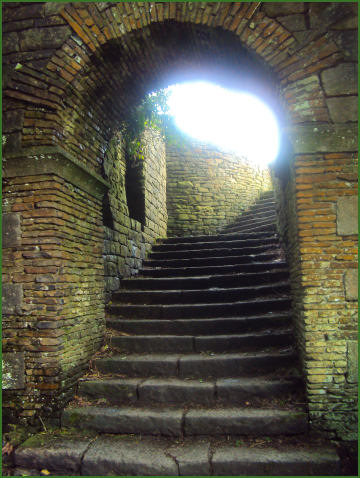
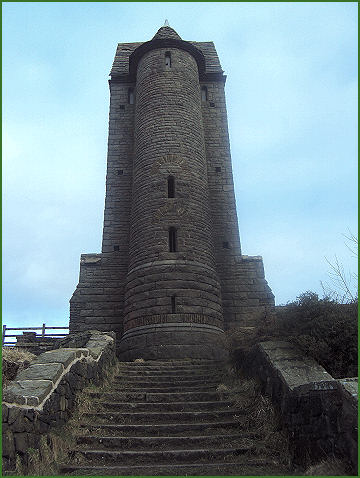
Walking and riding trails in and around the area pass a host of interesting features including two cruck barns, the Old Castle, a ruined reduced scale replica of Liverpool Castle, Leverhulme's Terraced Gardens and Rivington Pike. The Pigeon Tower, set on the hill behind Rivington Hall was built to provide stunning views, it was formerly used as a sewing room by Lady Leverhulme. The Bungalow Grounds, locally known as the Chinese Gardens. were constructed by Lord Leverhulme on the slopes below the Pigeon Tower.
Rivington Hall and the Hall Barn
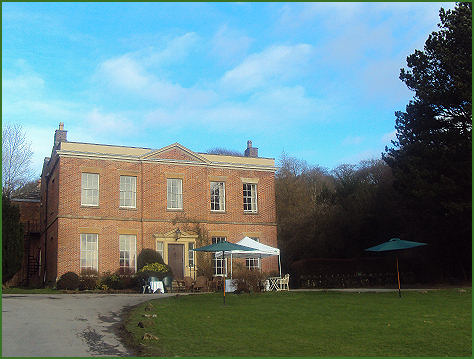
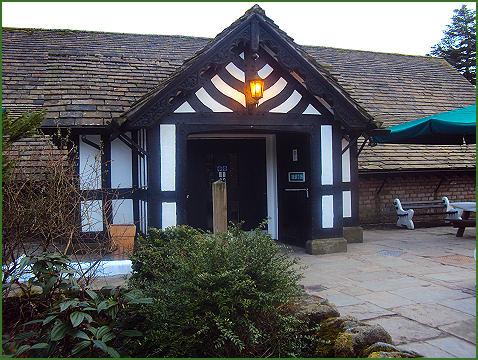
Bronze age burial sites have been found on several of the surrounding hilltops, including Winter Hill. Arrowheads, a flint knife, scrapers and the remains of cremations were excavated from a Bronze Age cairn at Noon Hill in 1958 and in 1963–64. It is possible that the name Coblowe, situated on the eastern bank of the Lower Rivington Reservoir derives from the Old English hlaw, a hill, which denoted an ancient barrow or burial place.
Great House Information Centre, just off Rivington Lane, in Lever Park boasts superb water facilities and is open throughout the year offering visitors a variety of exhibitions on the local and natural history of the area and ideas for other places to visit in the West Pennine Moors. Construction dates for the barn are speculated between 811 A.D. and 1300 A.D., it was renovated in 1702. The roof is spectacular with an internal oak framework.
Rivington Pike, which rises to 1,191 feet (363 metres) high is the most westerly high point of Winter Hill in the West Pennine Moors and overlooks the village of Rivington in Lancashire. An extensive network of footpaths climb up to the summit. The highest part of the route is a footpath and steps constructed in the 1990s to combat erosion and prevent further deterioration. From the summit Blackpool Tower, the Lake District mountains, the West Lancashire Plain and the mountains of Wales are all visible. On very clear days it is possible to to see as far as the Isle of Man.
The Rivington Reservoirs, are surrounded by some of the most attractive scenery in Lancashire. They consist of a chain of eight different reservoirs constructed between 1850 and 1857 for Liverpool Corporation and designed by Thomas Hawksley, which all flow into Lower Rivington Reservoir, the lowest and largest of the eight. There are many attractive walks in the area including the one to Tiger's Clough Waterfall on the infant River Douglas.
